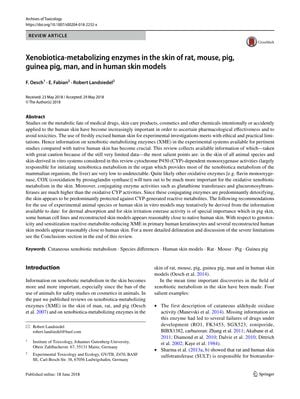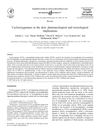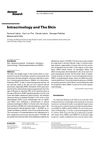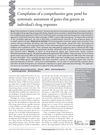Xenobiotic-Metabolizing Enzymes in the Skin of Rat, Mouse, Pig, Guinea Pig, Man, and in Human Skin Models
June 2018
in “
Archives of Toxicology
”
xenobiotica-metabolizing enzymes cytochrome P450 CYP glutathione transferases glucuronosyltransferases esterase activity primary human keratinocytes reconstructed human skin models genotoxicity sensitization UVB exposure carcinogens skin microbiome 3D skin models skin-resident bacteria XME GST UGT keratinocytes skin bacteria

TLDR Different species and human skin models vary in their skin enzyme activities, with pig skin and some models closely matching human skin, useful for safety assessments and understanding the skin's protective roles.
The document from 2018 provides a detailed analysis of xenobiotica-metabolizing enzymes (XME) in the skin of various species and human skin models. It reveals that cytochrome P450 (CYP)-dependent monooxygenase activities are low to undetectable in the skin, while other enzymes like glutathione transferases and glucuronosyltransferases are more prevalent, suggesting a protective mechanism against reactive metabolites. Pig skin and certain human skin models show esterase activity similar to human skin, which is significant for studies on dermal absorption and skin irritation. Primary human keratinocytes and some reconstructed human skin models closely resemble human skin for genotoxicity and sensitization studies. The document also discusses the variability in enzyme activities due to factors like age, UVB exposure, and carcinogens, and the influence of skin microbiome on xenobiotic metabolism. It concludes that 3D skin models are valuable for safety assessments and that skin-resident bacteria play a role in metabolic activations and inactivations of xenobiotics. The document does not include a clinical study with a specific number of participants.





